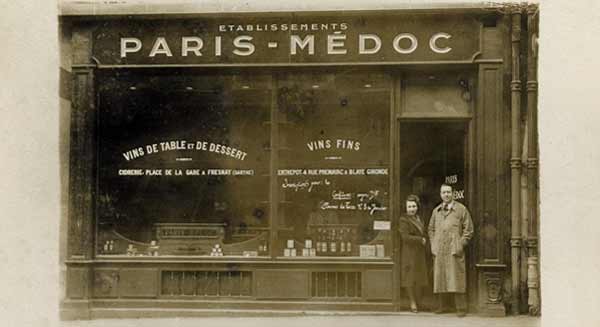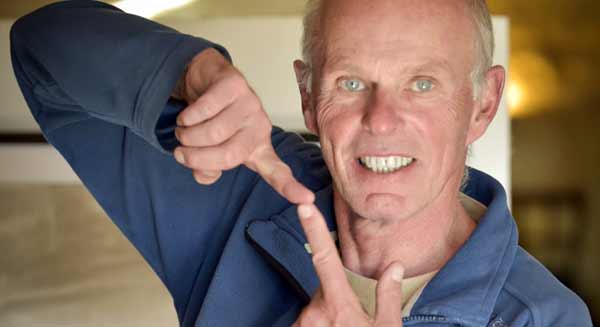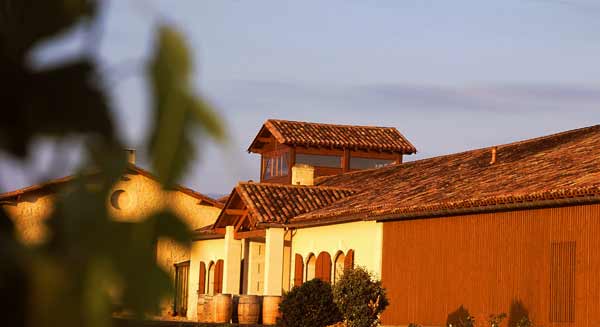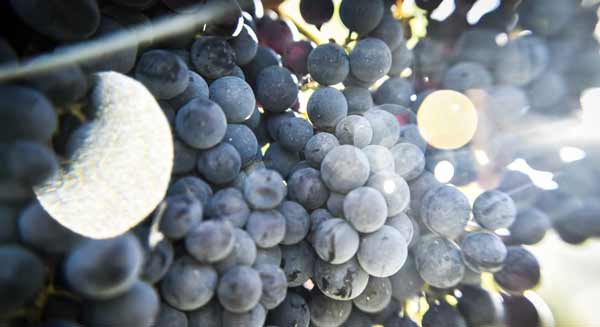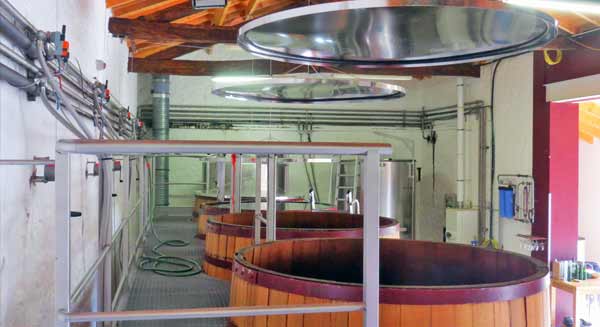The Cru
In the 19th century « Féret Guides » (1850, 1874 and 1898) the Castillon area is part of Saint-Emilionnais which at that time included: Saint-Emilion and its seven municipalities, the current municipalities of Saint-Emilion satellites, Pomerol, Lalande de Pomerol, Francs’ cantons and Castillon.
Castillon’s wines were then classified as Cru Bourgeois, 1st Crus, 1st Cru Artisan, Cru Artisan and Cru Paysan.
In 1874, Puy Arnaud is cited as 1st Cru.
In 1898, it is cited on the footnote along this specific comment: “Puy Arnaud’s Cru on the rocks of Puy Carpin, planted in fine vines, cultivated with the most perfect care, produces one of the most sought-after wines of the country.”
Its prices reach, in Primeurs Wines, depending on the vintage, those of the 2nd or 3rd classified Crus of Saint-Emilion.
On the label, the mention “near Saint-Emilion” is allowed.
The Valette family
Alexandre Valette, Thierry’s great-grandfather, would develop “Les Établissements Valette” during the first half of the 20th century. This company created in 1870 farms vines in Rochecorbon-Vouvray while being grower/merchant for Fine Wines in the Paris suburb in Saint-Ouen.
It supplies to a clientele of retailers/cafe owners, to canteens and collectivities, as well as its Paris-Médoc network of boutiques which are a prefiguration of future chains of Coop and Nicolas small local shops (in the 1950s, 450 boutiques are mentioned in the Paris region).
From 1937, Alexandre invests in wine estates in Languedoc and in Bordeaux (acquisition of Château Troplong Mondot and Pavie).
Thierry belongs to the Pavie branch as co-shareholder from 1979 to 1998 under the direction of his cousin, Jean-Paul Valette, who will manage the Cru while playing a leading role as ambassador of Saint-Emilion’s 1st Crus abroad.
Thierry worked as co-owner alongside his grandmother, Violette Valette, before purchasing Clos Puy Arnaud in 2000, 2 years after Château Pavie’s cession.
“A healthy humanity requires individual creativity and realism in existence.”
Alex Podolinski
Biodynamics diffuser and advisor in Australia, Alex Podolinsky converted 1 million hectares of land.
